Increased Online Retail Presence
The wallpaper market is witnessing a significant shift towards online retail, driven by changing consumer shopping behaviors. With the rise of e-commerce, more consumers are turning to online platforms to purchase wallpaper, seeking convenience and a wider selection. Recent data shows that online sales in the wallpaper market have increased by approximately 40% in the past year, indicating a strong trend towards digital shopping. This shift is prompting traditional retailers to enhance their online presence and improve customer experience through user-friendly websites and virtual design tools. The wallpaper market is thus adapting to this digital transformation, which not only broadens market reach but also caters to the preferences of tech-savvy consumers. As online shopping continues to grow, it is expected that the wallpaper market will increasingly rely on digital channels for sales.
Influence of Interior Design Trends
The wallpaper market is significantly influenced by evolving interior design trends. As design aesthetics shift towards bold colors and patterns, the demand for wallpaper that reflects these trends has increased. Market analysis indicates that contemporary designs, including geometric patterns and floral motifs, are particularly popular among consumers. This trend is evident in the wallpaper market, where sales of trendy designs have risen by approximately 20% over the last year. Furthermore, the growing popularity of open-concept living spaces has led to a demand for wallpapers that can create distinct zones within a home. As interior design continues to evolve, the wallpaper market is likely to adapt, offering innovative products that align with current consumer preferences.
Growth of the Home Renovation Sector
The wallpaper market is benefiting from the robust growth of the home renovation sector in the US. As homeowners increasingly invest in upgrading their living spaces, the demand for decorative elements such as wallpaper has surged. Recent statistics indicate that the home renovation market has expanded by approximately 15% in the past year, creating a favorable environment for the wallpaper market. This trend is particularly evident among millennials and Gen Z consumers, who are more inclined to personalize their homes. The wallpaper market is thus positioned to capitalize on this trend, as consumers seek unique and stylish options to enhance their interiors. Additionally, the rise of DIY culture has further fueled interest in wallpaper, as individuals look for accessible ways to transform their spaces.
Rising Demand for Eco-Friendly Products
The wallpaper market is experiencing a notable shift towards eco-friendly products, driven by increasing consumer awareness regarding environmental sustainability. As more individuals seek to reduce their carbon footprint, manufacturers are responding by offering wallpapers made from sustainable materials. This trend is reflected in the market data, which indicates that eco-friendly wallpaper sales have surged by approximately 30% over the past year. The wallpaper market is thus adapting to these changing consumer preferences, with a growing emphasis on non-toxic inks and recyclable materials. This shift not only caters to environmentally conscious consumers but also aligns with regulatory pressures aimed at reducing harmful emissions in manufacturing processes. As a result, the wallpaper market is likely to see continued growth in the eco-friendly segment, potentially leading to a more sustainable industry overall.
Technological Advancements in Production
Technological innovations are playing a crucial role in shaping the wallpaper market. The introduction of digital printing technology has revolutionized the production process, allowing for greater customization and faster turnaround times. This advancement enables manufacturers to produce intricate designs and patterns that were previously difficult to achieve. Market data suggests that the adoption of digital printing has increased by around 25% in the last two years, significantly impacting the wallpaper market. Furthermore, automation in manufacturing processes has led to reduced labor costs and improved efficiency, which can enhance profit margins for producers. As technology continues to evolve, it is expected that the wallpaper market will further benefit from enhanced production capabilities, leading to a wider variety of products available to consumers.


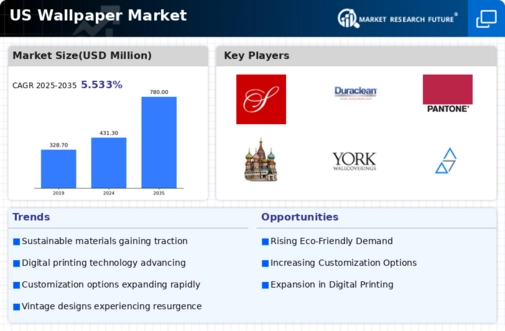
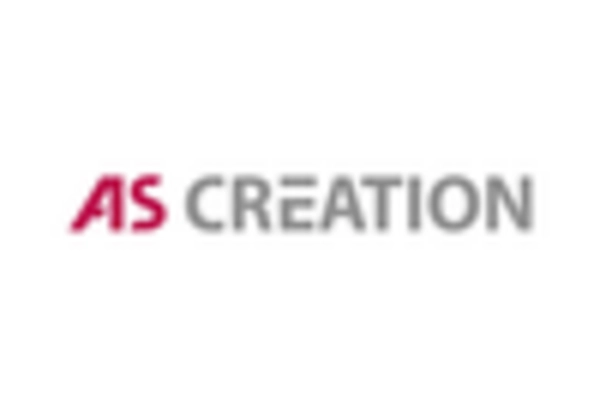
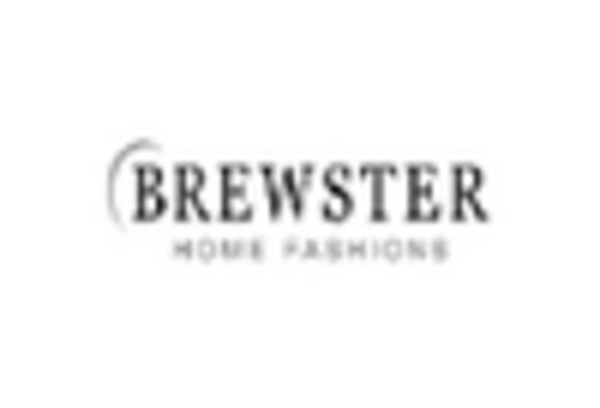

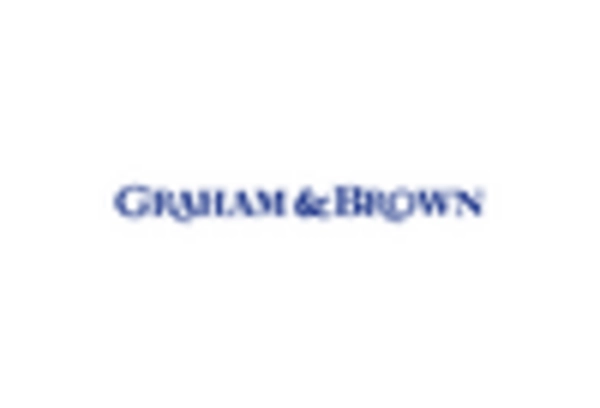
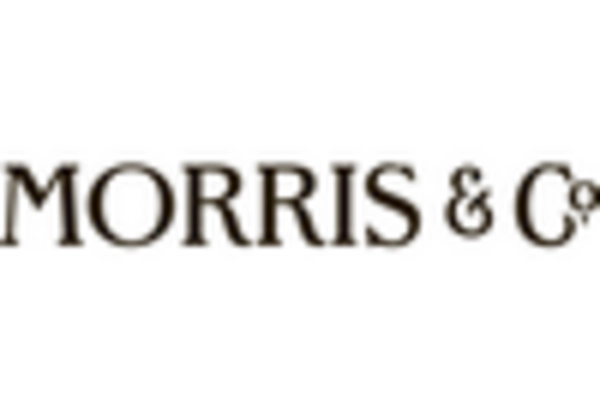
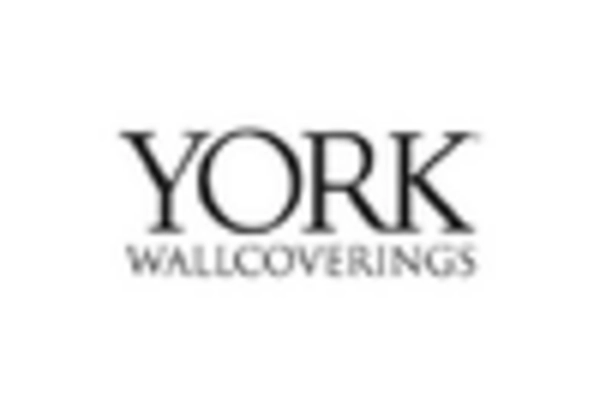








Leave a Comment